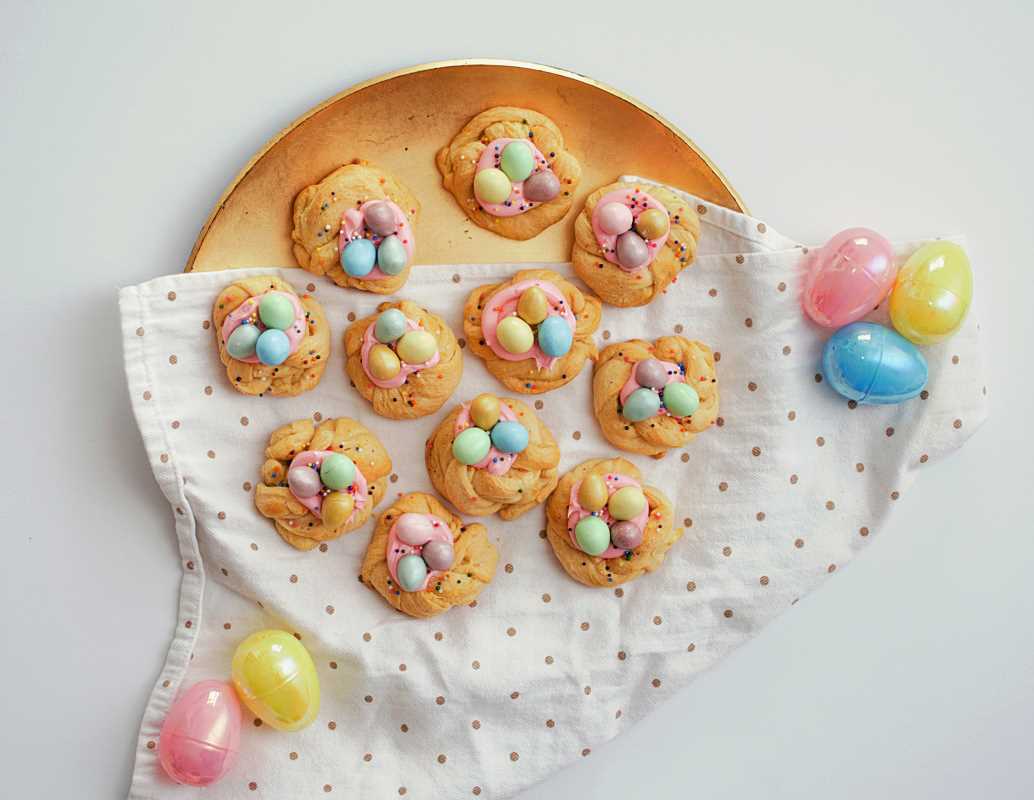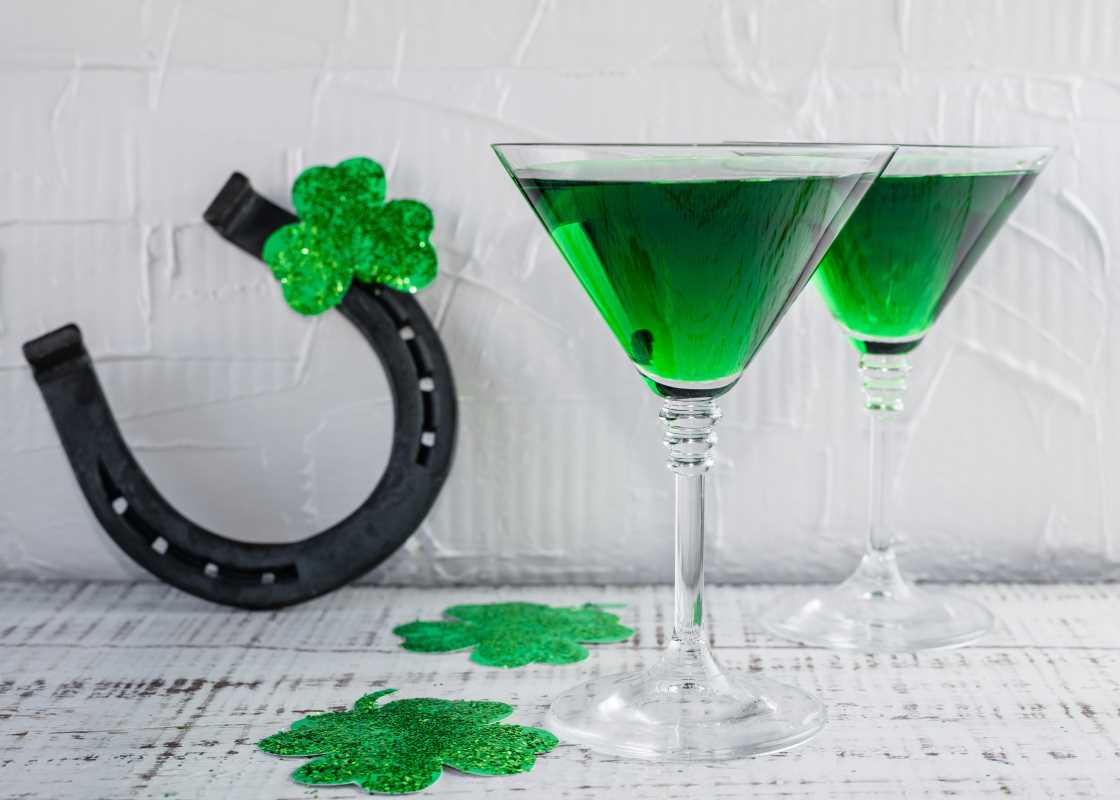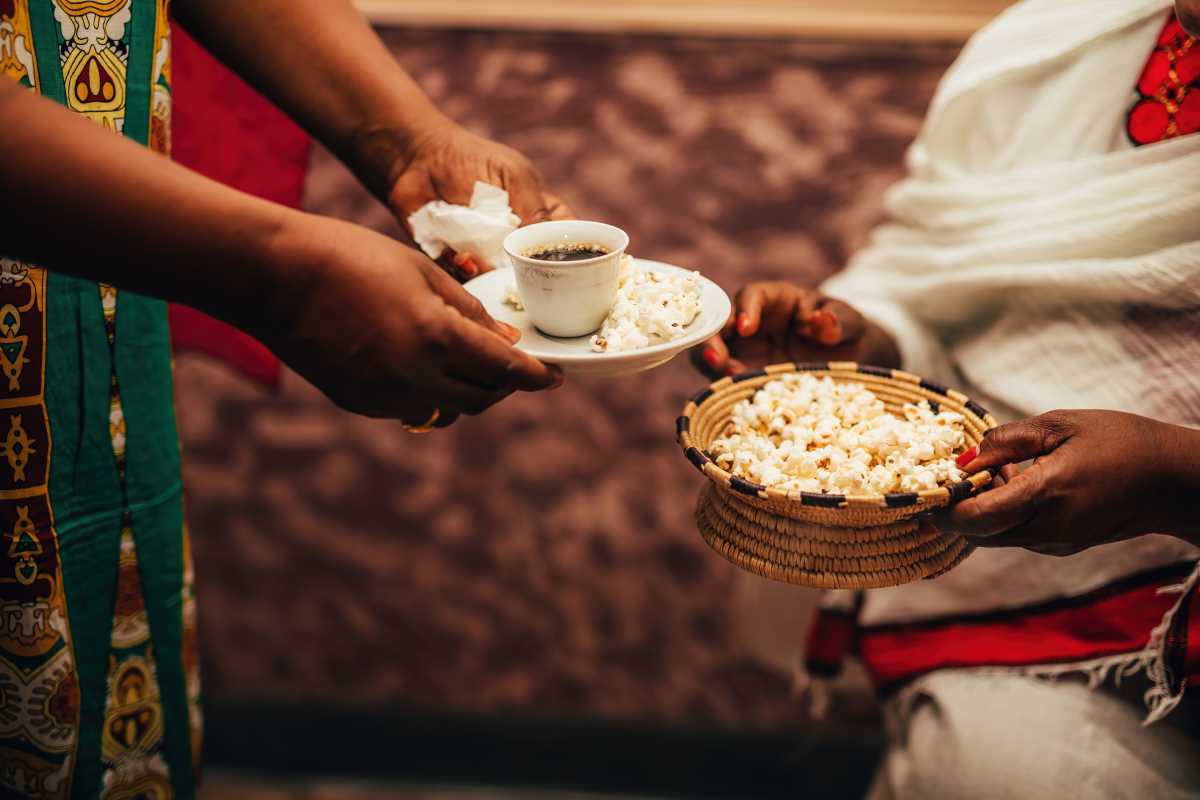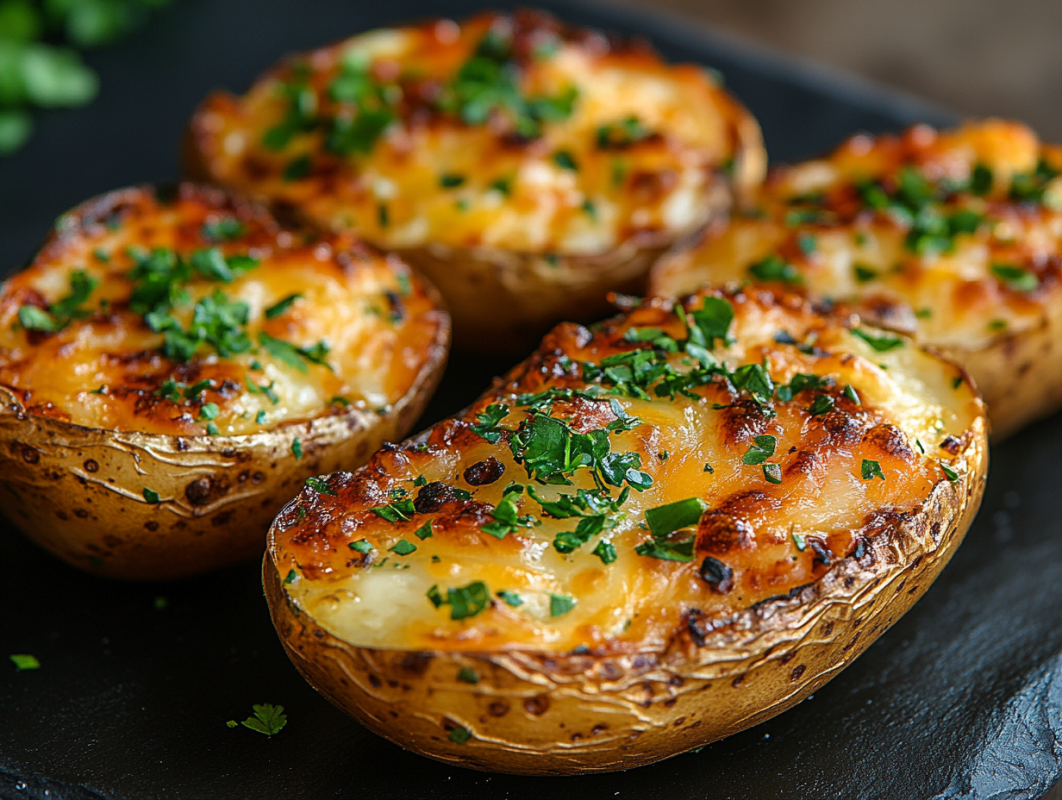Heirloom jewelry is more than shiny stones and precious metals. It’s a bridge between the past, present, and future. These timeless keepsakes are often passed down from generation to generation, carrying not just their physical beauty but also the stories, traditions, and emotions of those before us. Whether it’s a great-grandmother’s engagement ring or an ornate necklace gifted as a wedding blessing, heirloom jewelry symbolizes continuity. It’s like wearing a piece of history and keeping your family’s legacy alive. Young adults eager to explore their roots will find that heirloom jewelry offers a unique window into their heritage. It weaves together milestones, values, and connections, creating a tapestry of belonging in a fragmented world.
Emotional and Cultural Significance
On an emotional level, heirloom jewelry embodies love and connection. These pieces often represent turning points in life, such as weddings, anniversaries, or the birth of a new family member. Whether it’s a gold bracelet handed over during a milestone birthday or an heirloom pendant placed around a bride’s neck on her wedding day, these gestures unite family members through shared tradition.
Culturally, heirloom jewelry can be a powerful beacon of identity. Indian families, for example, often preserve intricate gold bangles or chokers, symbolizing blessings and prosperity. Irish families might pass along Claddagh rings, signifying love, loyalty, and friendship. For Jewish families, the five-pointed Star of David pendants often hold religious and spiritual value.
The Symbolism of Stones in Milestones
One of the most fascinating aspects of heirloom jewelry is the use of gemstones, each with its own meaning and connection to life’s milestones. Knowing what certain stones signify can make these pieces even more special to younger generations. Here’s a breakdown of common gemstones and their traditional representations:
- Diamonds: Universally associated with love, purity, and strength. Diamond pieces are often wedding or engagement rings, signifying eternal commitment.
- Emeralds: Known for representing growth, renewal, and rebirth. They’re often given to symbolize new beginnings.
- Sapphires: These stones represent wisdom, loyalty, and trust, making them popular in family rings and necklaces.
- Rubies: These vibrant red gems represent passion, courage, and protection. Historically, they were believed to ward off misfortune, making them a favorite in protective amulets.
- Pearls: Linked to purity and elegance, pearls are often bestowed as gifts for baptisms, graduations, or weddings.
- Amethysts: Signifying peace and clarity, amethyst stones are sometimes used in pieces meant to provide calmness during transitions.
Recognizing these meanings adds a layer of reverence when wearing or passing down heirloom jewelry. It transforms a simple accessory into something deeply symbolic and tied to life’s most defining moments.
Common Heirloom Jewelry Pieces
When you think about heirloom jewelry, certain timeless items come to mind. While each piece carries its own unique significance, here’s a list of pieces most commonly passed down through families:
- Wedding Rings: These are among the most symbolic heirloom items, often passed down to younger generations to bless future partnerships.
- Lockets: Lockets, sometimes holding photographs or engravings, serve as intimate tokens of love and remembrance.
- Brooches: These vintage pieces can be engraved or adorned with gemstones, serving as both accessories and conversation starters.
- Necklaces: Pendants or chains featuring crosses, gemstones, or cultural symbols are often given to mark milestones like baptisms or confirmations.
- Bracelets: Charm bracelets, gold cuffs, or bangles often represent years of family history and personal milestones.
- Earrings: Statement earrings featuring diamonds or pearls are frequently handed down for celebratory occasions.
- Watches: Many times, these watches will have engravings of some sort that are meaningful to the whole family.
- Cufflinks: These are cherished hand-me-downs, particularly for family members entering professional or formal milestones.
Each of these items carries both functional and symbolic value, providing a way for younger generations to honor their heritage while celebrating their individuality.
How to Care for Heirloom Jewelry
Preserving heirloom jewelry requires special attention to ensure it remains intact for future generations. Different materials and gemstones need different types of care. Here’s a helpful guide to protecting those timeless treasures:
Gold and Silver
Store gold and silver in separate fabric-lined jewelry boxes to prevent scratches.
- Avoid exposure to chemicals like chlorine or household cleaners, which can weaken metals.
- Use a soft cloth to gently polish pieces. For stubborn tarnish on silver, a silver-cleaning solution or a professional cleaning is best.
Gemstones
- Gemstones like diamonds, sapphires, and rubies are durable but still need care. Avoid storing them loosely with other jewelry to prevent scratching.
- Clean gemstones with warm water, mild soap, and a soft brush. Be sure to dry them completely.
- Delicate stones like emeralds shouldn’t be soaked in water to avoid damage to their natural fissures.
Pearls
- Pearls are highly sensitive to chemicals and should be the last thing you put on before going out. Avoid hairspray or perfume contact.
- Store them in a soft, cloth-lined pouch to avoid scratches. Never store pearls in plastic, as it can damage their nacre.
- Gently wipe pearls with a damp, soft cloth after each wear and avoid submerging them in water.
Vintage Pieces
- Older jewelry may feature delicate clasps, prongs, or settings.
- Regularly inspect these areas for wear and have them repaired by a professional jeweler when needed.
- Vintage watches should be kept wound but not overwound and have them serviced every few years to maintain their functionality.
General Tips
- Avoid prolonged exposure to sunlight, which can discolor certain metals and stones.
- Keep an inventory of your heirloom pieces, including photographs and any historical details you know about them.
- For priceless or fragile heirloom jewelry, consider insuring them to provide financial protection in case of accidental loss or damage.
By taking careful measures to clean, store, and maintain heirloom items, you preserve not just their beauty but also the stories and memories they carry. With the right care, these pieces will continue to connect generations to come.
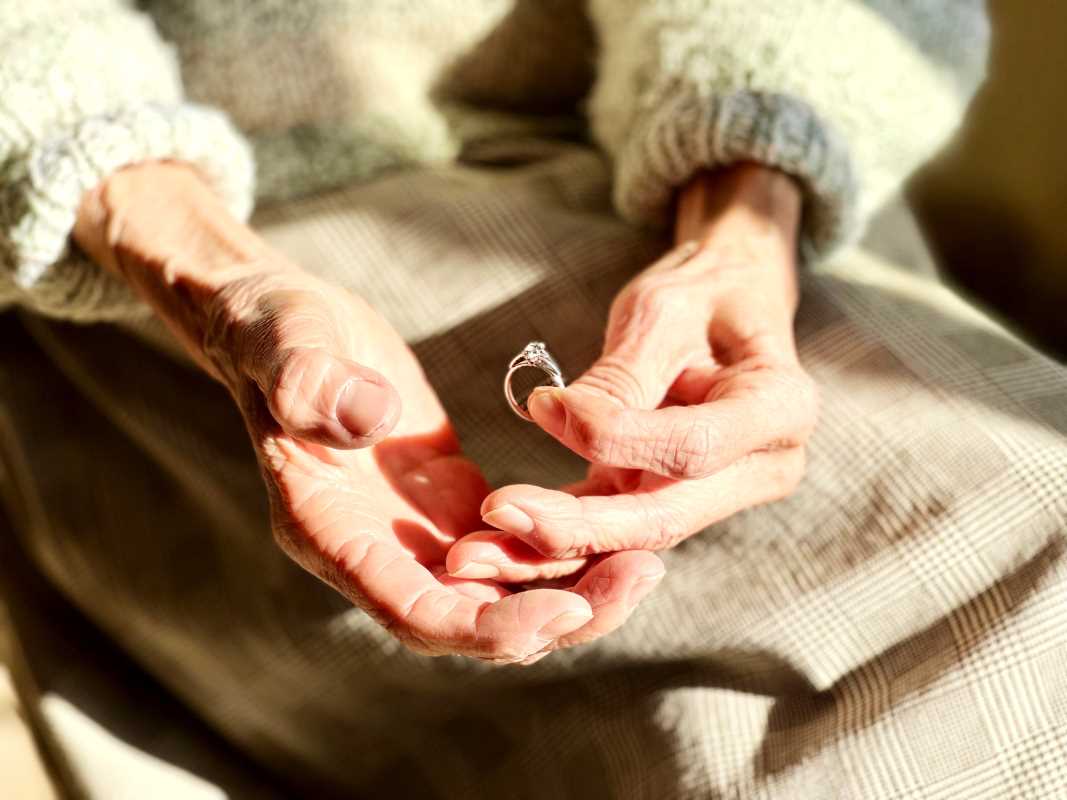 (Image via
(Image via


